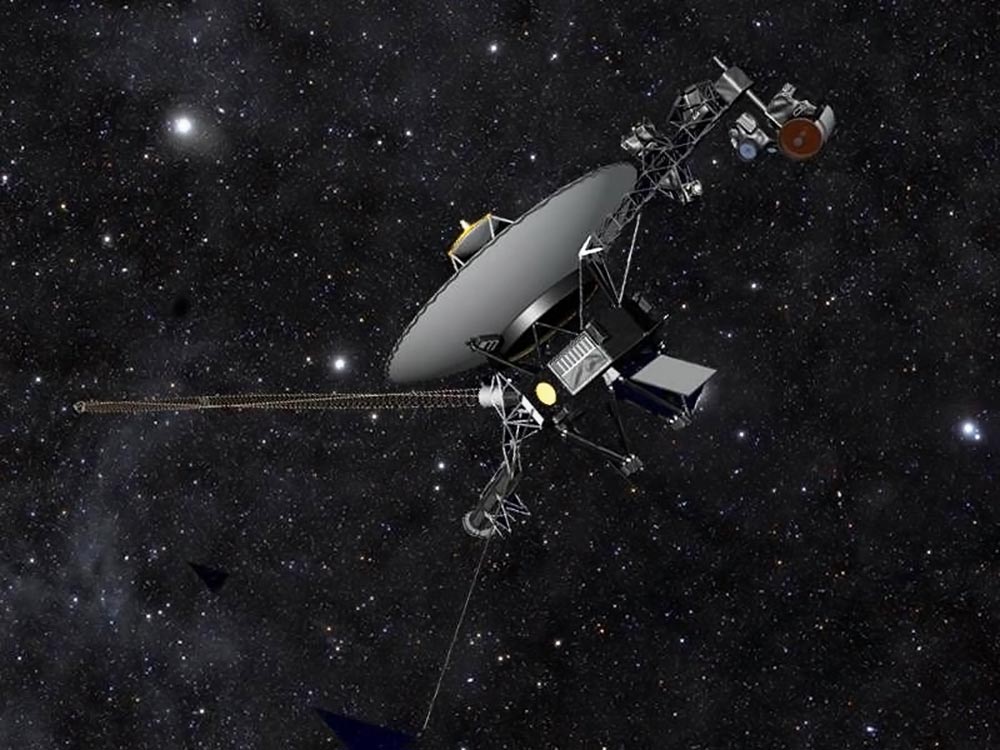
NASA’s Voyager 1 spacecraft, now 47 years into its mission and 15 billion miles away, recently reconnected with Earth after a brief communications blackout, thanks to a rarely used radio transmitter last activated in 1981. The aging probe, which was launched in 1977 and is now traveling through interstellar space, faced an unexpected technical issue that interrupted contact with NASA’s mission team for several days.
To maintain communication, engineers switched Voyager 1 to its less powerful S-band transmitter. This transmitter had been dormant for over 40 years, as the spacecraft has primarily used its more reliable X-band transmitter to communicate with Earth. Engineers believe a fault protection system triggered the switch after a command sent on October 16 led to higher-than-expected power consumption, automatically shutting down nonessential systems.
With Voyager 1 exploring well beyond the heliosphere—where it directly samples particles from interstellar space—the NASA team has worked for years to carefully manage the probe’s power, even periodically activating heaters to combat radiation damage to critical components. Messages from Earth reach Voyager 1 through NASA’s Deep Space Network, a global system of antennas designed to maintain contact with distant spacecraft.
Despite Voyager’s distance, Deep Space Network engineers managed to locate the faint S-band signal on October 18, though communication appeared to drop again the following day. On October 22, engineers sent another message to check the S-band transmitter, and confirmation was received on October 24, allowing for minimal communication until the issue is resolved.
The team is proceeding cautiously before attempting to reactivate the X-band transmitter, hoping to determine the exact cause of the fault protection triggers to avoid further complications. Bruce Waggoner, Voyager’s mission assurance manager, explained that while the S-band connection provides a basic level of control, it lacks the strength to transmit science data, making it a temporary solution.
This transmitter workaround is one of several resourceful fixes the Voyager team has implemented this year to keep the historic mission operational. Previous efforts included reactivating long-dormant thrusters to adjust Voyager’s orientation and overcoming a computer glitch that halted science data transmissions for months. As NASA continues to troubleshoot, Voyager 1’s journey through the cosmos persists, showcasing decades of resilience and ingenuity.







